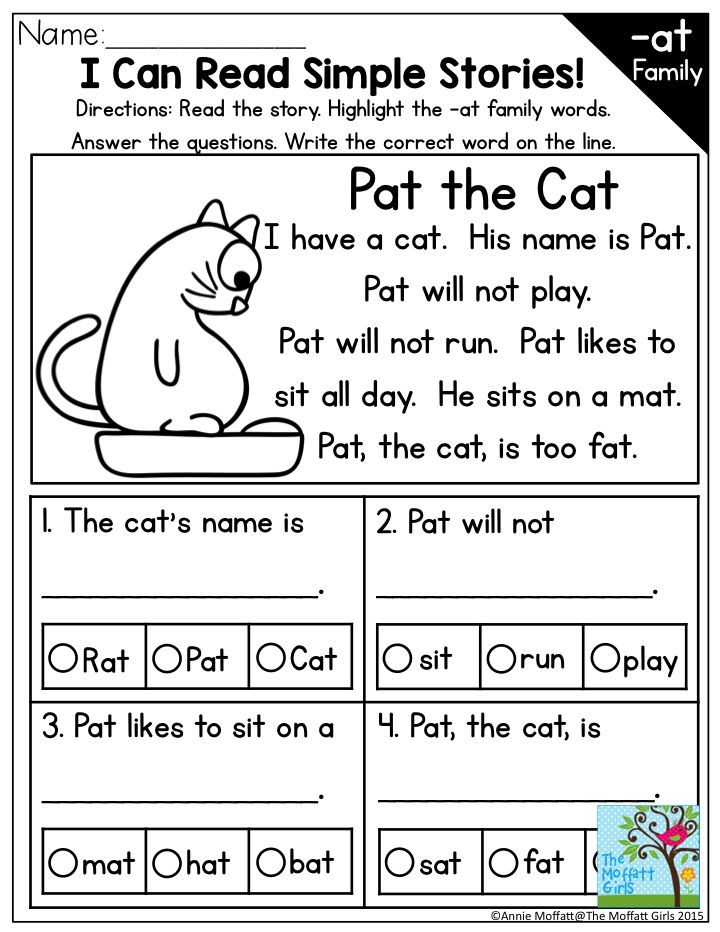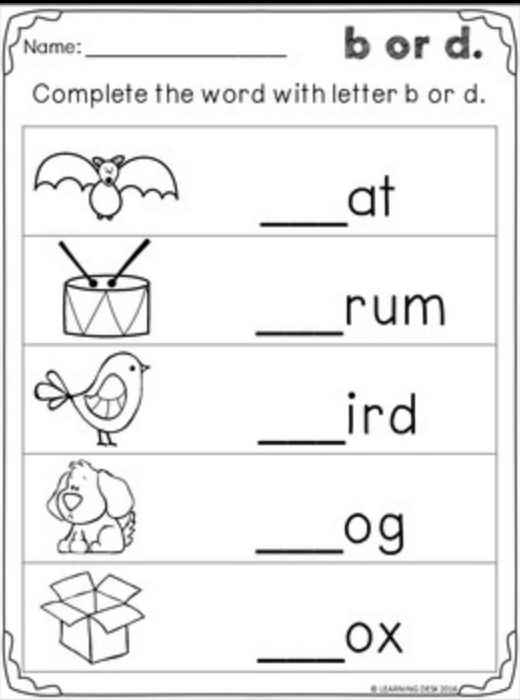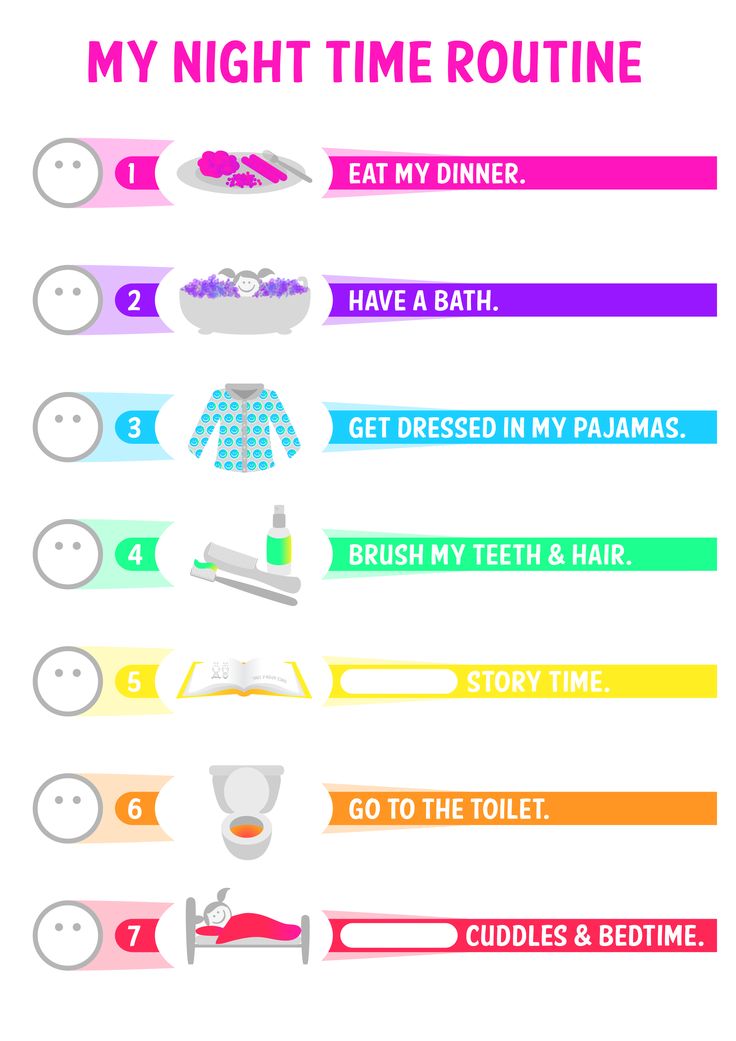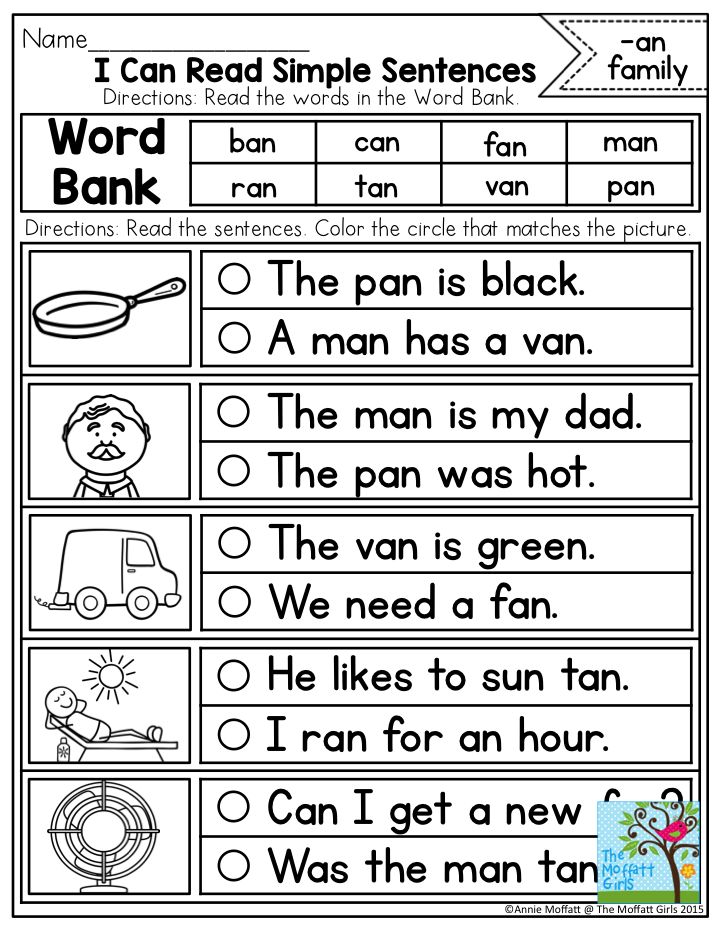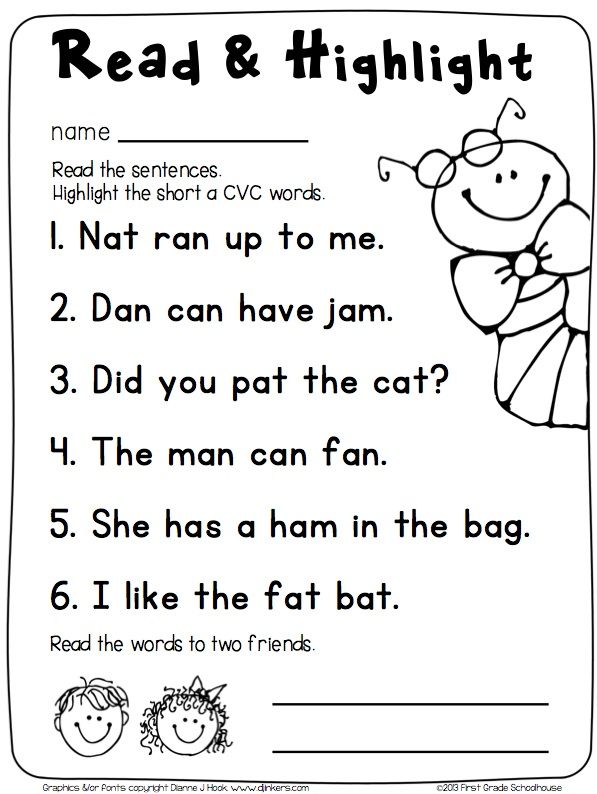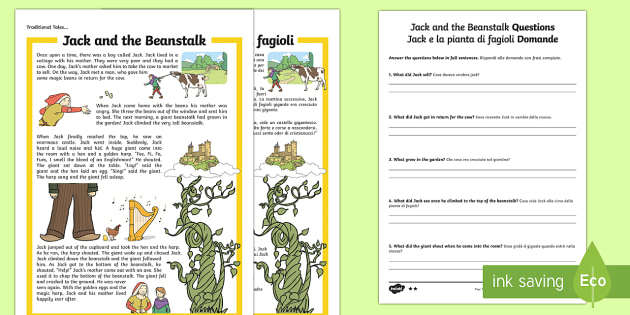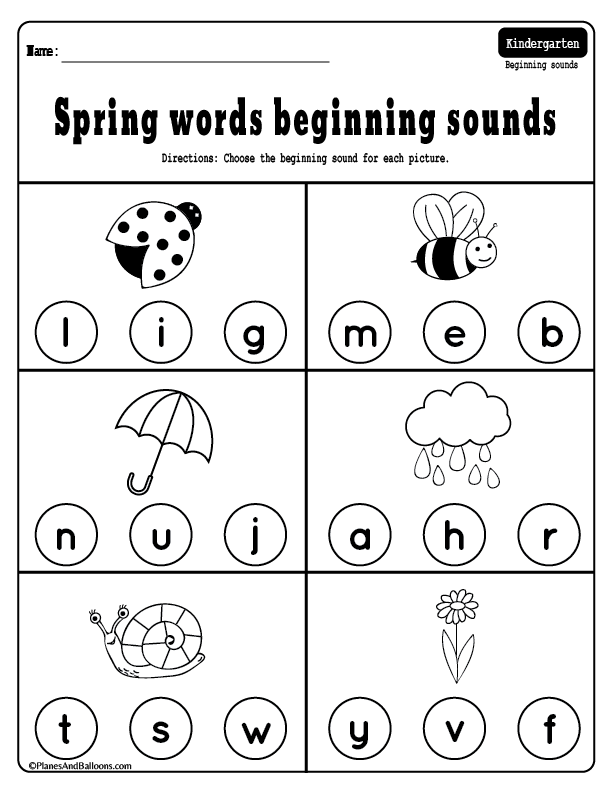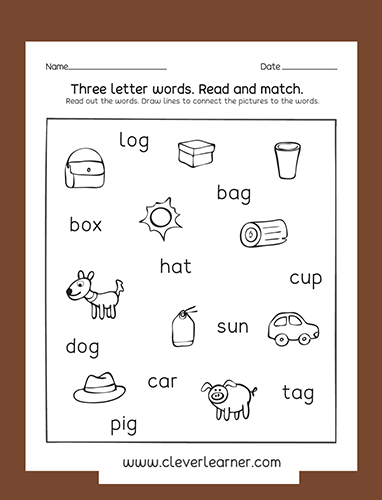Reading words for beginners
The Perfect Sight Word List For Beginner Readers.
Children in their first years at school, who learn the sight word list below, will have an excellent start to reading and writing.
Initially this process takes time, often months. That's why teachers introduce lists like this to children, gradually, when they first start school. But it doesn't hurt them to recognise a few words before then, if they are ready to learn them.
Sight Word List
The list of sight words below is broken into groups. Each group consists of 10 words.
There are several lists available for teachers to use. But they are virtually identical as they are composed of words children most frequently use.
The list below covers 80 of the first sight words your child will need to know.
The trick is to ensure your child recognises the words in one group before starting another. But as I mentioned before, this doesn't happen immediately. So don't feel you need to put pressure on your child or you'll switch off their desire to learn. If you're helping them at home, keep it light.
At the end of this article I will explain how you can gently introduce some of these words to your child so they learn them without pressure.
Don't be concerned if your child finds the list below too difficult at this stage. They may only manage the first group of words. Or they may not be ready for them at all. If that's the case, wait for their teacher to guide you.
|
|
|
|
More About Sight Words
Your child needs to learn these word by sight rather than decode them.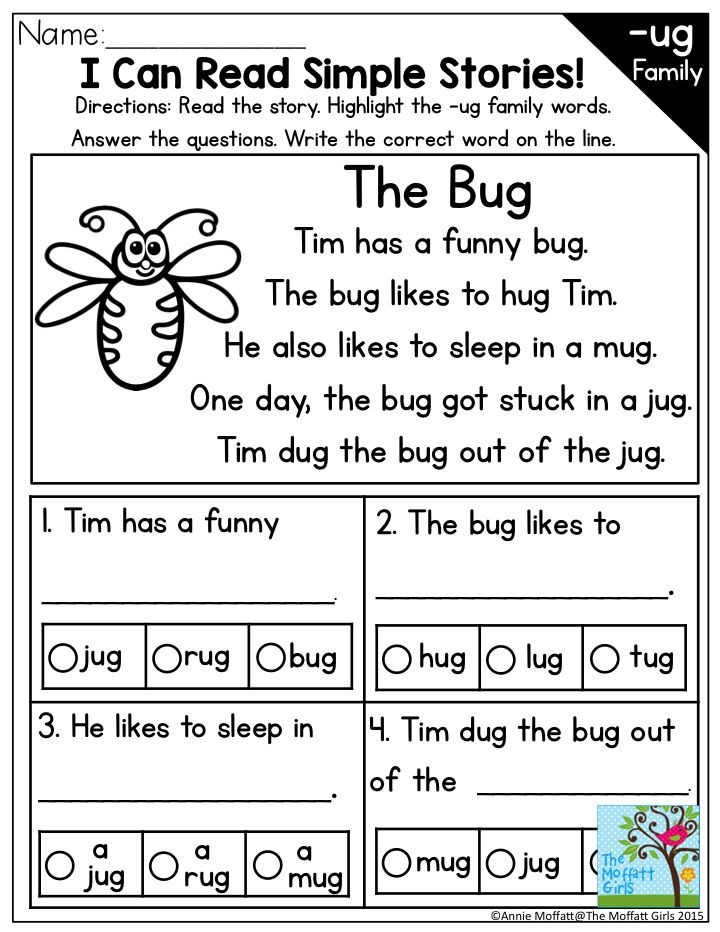 That means they may need to see them many, many times in order to memorise them.
That means they may need to see them many, many times in order to memorise them.
You may be asking yourself about now
- what exactly is a sight word?
- why are they so important in reading?
- how do you know what is a sight word and when do you sound out a word?
If you want to know more, click on my article What Are Sight Words? There you'll get answers you need. At the same time you'll see how it's affected an adult student of mine who hasn't ever known them!
Introducing Them To Your Child
Here's a great way to introduce sight words.
- Print off two copies of the sight word list.
- Cut two copies of the group One words starting the word 'I'.
- Cut each of the words individually.
- Place one set of the words in front of your child. You keep the other.
- Hold up one of the words
- Read it to your child and ask them to find the matching word. (They will study the shape of the letters and hear the word associated with them.
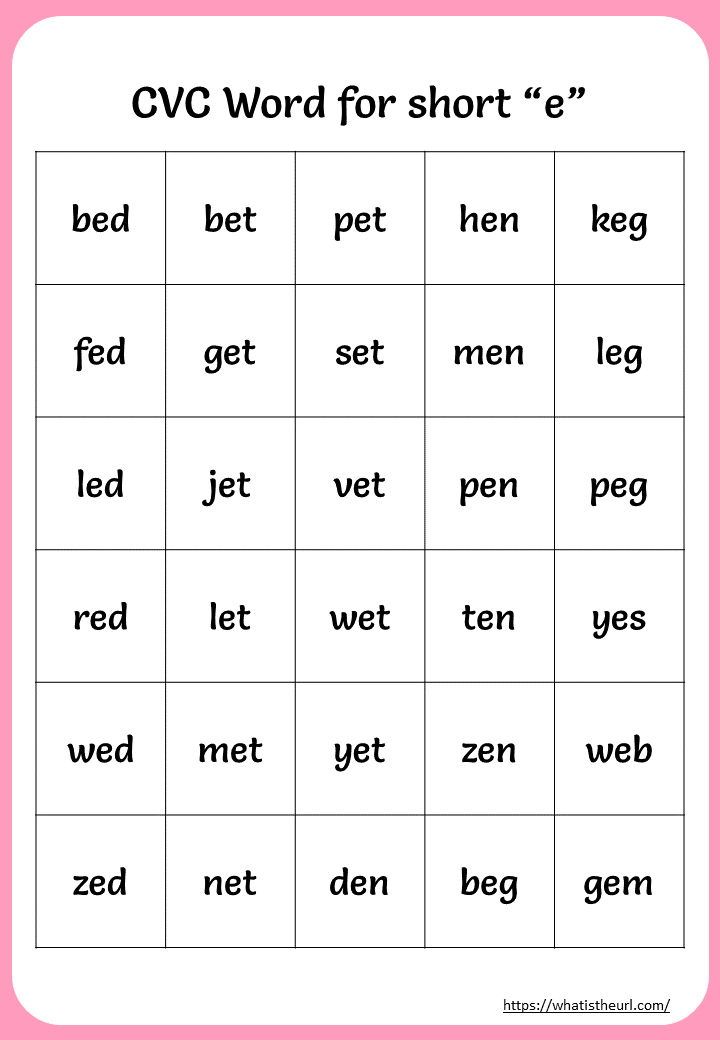 )
) - When they find the matching word, repeat the word. Say: "Yes, that word says ...... Can you tell me what the word says?" (This reinforces and matches in their brain the visual appearance of the word with how the word sounds.)
Play this game often and you'll find your child will become increasingly comfortable with these words. Gradually they will memorise them. They will then build up an invaluable bank of everyday words for reading and writing.
If you are struggling to engage your child, click on my phonics games page. There you'll find out how important it is to make learning fun. Plus great activities you can do at home to breathe life into learning literacy skills.
Go From Sight Word List To Literacy Lessons
Go To Phonics Literacy Homepage
Top 100 Sight Words and How to Teach Them
Sight words is a common term in reading that has a variety of meanings. When it is applied to early reading instruction, it typically refers to the set of about 100 words that keeps reappearing on almost any page of text.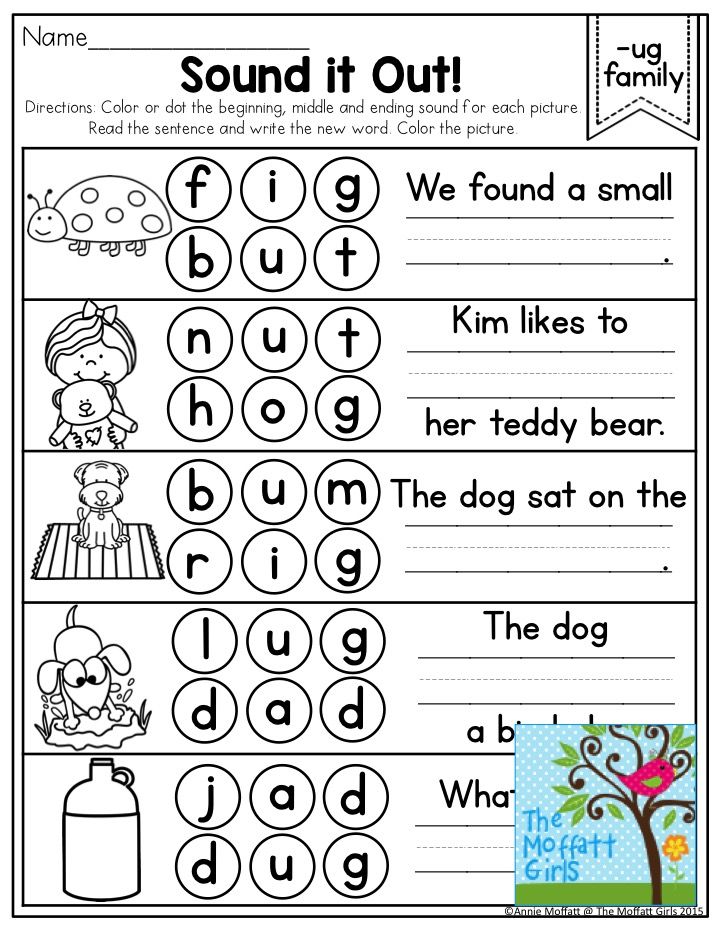 “Who, the, he, were, does, their, me, be” are a few examples.
“Who, the, he, were, does, their, me, be” are a few examples.
In addition to their being very frequent, many of these words cannot be “sounded out.” Children are expected to learn them by sight (that is, by looking at them and recognizing them, without any attempt to sound them out.)
Unfortunately, this means minimal teaching. Often, little is done other than to show the word and tell the child what it is “saying.” For many children, this is not enough, with the result that their reading of these critical words is laden with error.
What does this mean for parents who are helping their children master reading? Basically it means spending some time in truly teaching these words so that your child gains real mastery of them. The key to achieving this goal is accurate writing (spelling)—via memory. That is, the child writes the word when the model is not in view.
You can do this by creating simple sentences that the child reads. (By using sentences, you will automatically be using many “sight words.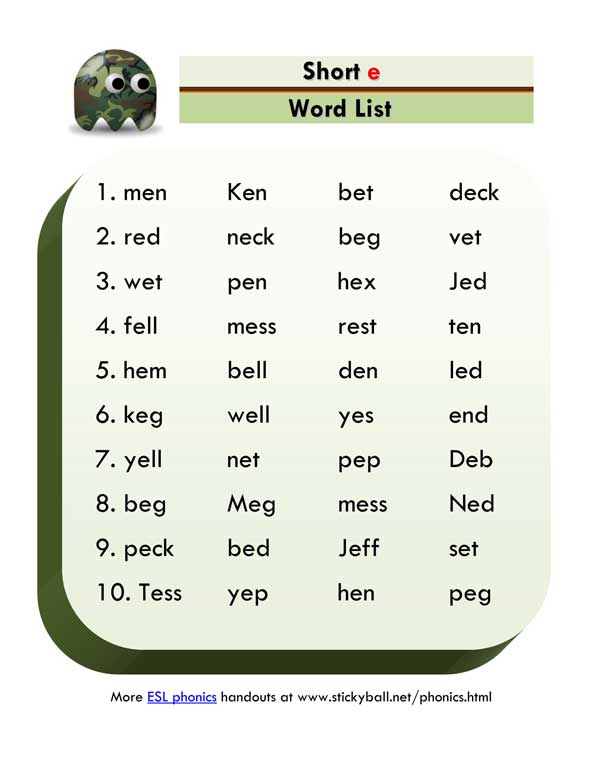 ” In addition, you will be giving your child the opportunity to deal with words in context—a key to meaningful reading) After showing the sentence and having your child read it, turn it over and then dictate the sentence. If there is an error, you immediately stop your child and take away the paper. Then you show the model again and repeat the process. In other words, the writing of the sentence has to be fully accurate, starting with the first word.
” In addition, you will be giving your child the opportunity to deal with words in context—a key to meaningful reading) After showing the sentence and having your child read it, turn it over and then dictate the sentence. If there is an error, you immediately stop your child and take away the paper. Then you show the model again and repeat the process. In other words, the writing of the sentence has to be fully accurate, starting with the first word.
If you want a list of those words to help guide your efforts, here is the top 100 according to the American Heritage Word Frequency Book by John B. Carroll.
A: a, an, at, are, as, at, and, all, about, after
B: be, by, but, been
C: can, could, called
D: did, down, do
E: each
F: from, first, find, for
H: he, his, had, how, has, her, have, him
I: in, I, if, into, is, it, its
J: just
K: know
L: like, long, little
M: my, made, may, make, more, many, most,
N: not, no, now
O: or, one, of, out, other, over, only, on
P: people
S: said, she, some, so, see
T: the, to, they, this, there, them, then, these, two, time, than, that, their
U: up, use
V: very
W: was, with, what, were, when, we, which, will, would, words, where, water, who, way
Y: you, your
Click here to download our Recommended Top 100 Sight Words.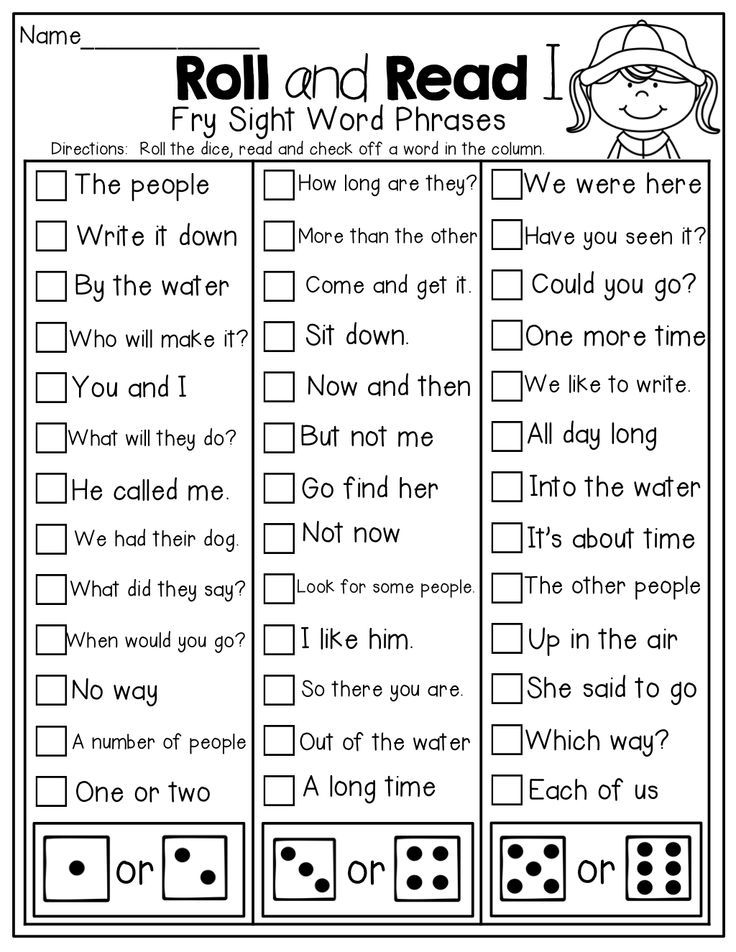
Literacy and reading expert, Dr. Marion Blank
Dr. Marion Blank is answering your questions about reading and learning. If you have a question for Dr. Marion, visit the Reading Kingdom Facebook Page and let us know how we can help.
If you think the Reading Kingdom program can help your children learn to read, enjoy a free, 30-day trial here.
Simple rules for reading in English ∣ Enguide.ru
Reading in English has many features. They are quickly mastered in practice, but first you have to learn the basic rules for pronunciation of sounds. In this article, we have tried to present them clearly and simply.
Reading rules in English cannot be called simple. But you have to understand them at the very beginning of training - otherwise you will not be able to move on. Therefore, the rules for reading English for beginners (and for children) are usually set out concisely and clearly - and thanks for that. Transcriptions with examples and other supporting materials (tables, exercises) and, of course, constant practice (reading aloud and listening to audiobooks) are very helpful.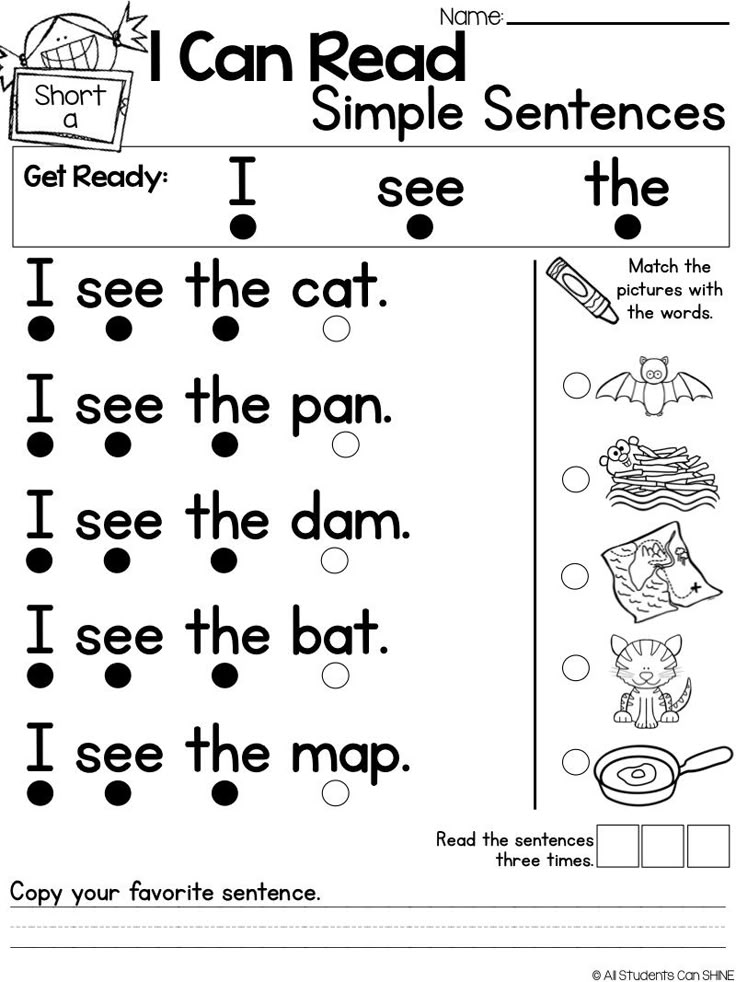
Transcription is the transfer of sound in writing using special conventional signs. In transcription, each sound has its own special sign.
True, there are features of transcription of reading in English, which are difficult for Russian-speaking students. These difficulties are due to objective differences in pronunciation in English and Russian. We simply have “the language is different” since childhood, and relearning is always difficult. Especially when you consider that often sounds in English are not pronounced the way they are written. Historically, this has happened because of the large number of dialects in which the same letters and combinations of letters were read differently. But it doesn't make it any easier for us.
Rules for reading transcription in English
Different English teachers solve this difficult task in different ways. For example, they use the so-called “English transcription in Russian”, that is, the recording of English words in Russian letters.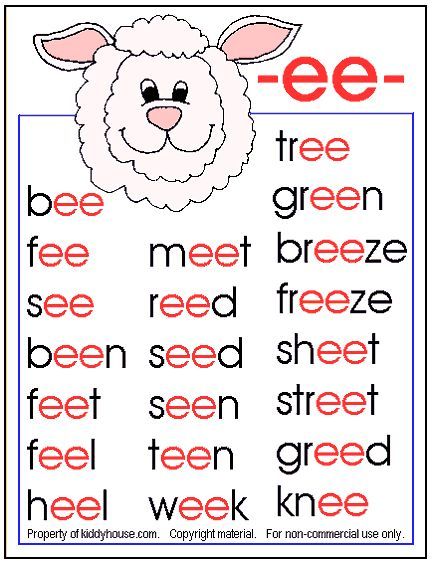 Frankly, we do not support this technique. Because it does not allow you to truly learn English pronunciation correctly. One can only very roughly convey the pronunciation of English words in Russian letters. Well, there are no some English sounds in Russian, and the seemingly similar pronunciation of English and Russian sounds is still different.
Frankly, we do not support this technique. Because it does not allow you to truly learn English pronunciation correctly. One can only very roughly convey the pronunciation of English words in Russian letters. Well, there are no some English sounds in Russian, and the seemingly similar pronunciation of English and Russian sounds is still different.
Therefore, we are in favor of trying and from the very beginning, nevertheless, to learn the phonetic signs with which transcriptions are recorded. This will help to understand and remember the rules of reading English for beginners. And further English lessons will be given much easier. As for the transmission of English sounds in Russian letters, this technique is needed for transliteration (as transliteration of Russian names and surnames into English), but not for pronunciation training.
Rules for reading vowels in English
As we have already noted, letters and sounds in English often do not match. Moreover, there are much more sounds: 44 sounds for only 26 letters.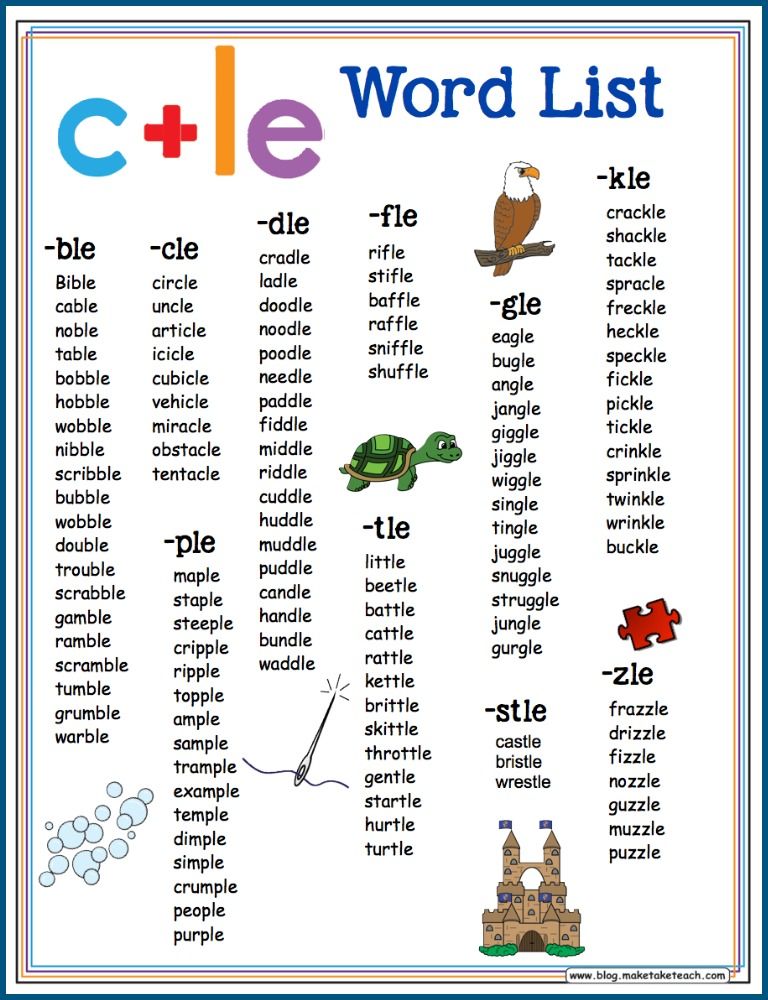 Linguists even joke about this:
Linguists even joke about this:
“We write Liverpool and we read Manchester”
So great is the difference between the written word and its pronunciation in English. Well, let's start in order. From syllables that affect the reading of vowels. Syllables in English (as in any other) are open and closed:
- The open syllable ends in with the vowel . It can be in the middle of a word or be the last one in a word. For example: age, blue, bye, fly, go, etc.
- Closed syllable ends in consonant . It can also be in the middle of a word or be the last in a word. For example: bed, big, box, hungry, stand, etc.
Here is a table that explains how the same letter is read differently in closed and open syllables and in different positions in a word:
A | |
| A [ei] - in open syllable | lake, make |
| A [æ] - in a closed syllable | rat, map |
| A [a:] - in a closed syllable on r | car, bar |
| A [εə] - word-final vowel + re | care, fare |
| A [ɔ:] - combinations all, au | all, tall |
O | |
| O [əu] - in an open syllable | no, home |
| O [ɒ] - in a closed stressed syllable | lot, boss |
| O [ɜ:] - in some words with "wor" | word, work |
| O [ɔ:] - in a closed syllable on r | horse, door |
| O [u:] - combined with "oo" | too, food |
| O [u] - combined with "oo" | good, look |
| O [aʊ] - in the combination "ow" in the stressed syllable | now, clown |
| O [ɔɪ] - combined with "oy" | boy, joy |
U | |
| U [yu:], [yu] - in an open syllable | blue, duty |
| U [ʌ] - in a closed syllable | butter, cup |
| U [u] - in a closed syllable | put, bull |
| U [ɜ:] - combined with "ur" | purse, hurt |
E | |
| E [i:] - in an open syllable, the combination "ee", "ea" | he, meet, leaf |
| E [e] - in a closed syllable, combination "ead" | head, bread |
| E [ɜ:] - in combinations "er", "ear" | her, pearl |
| E [ɪə] - in combinations "ear" | near, dear |
I | |
| i [aɪ] - in an open syllable | nice, fine |
| i [aɪ] - combined with "igh" | high, night |
| i [ɪ] - in a closed syllable | big, in |
| i [ɜ:] - combined with "ir" | bird, girl |
| i [aɪə] - in combination "ire" | hire, tired |
Y | |
| Y [aɪ] - at the end of a word under stress | my, cry |
| Y [ɪ] - at the end of a word without stress | happy, family |
| Y [j] - at the beginning of a word | yes, yellow |
Rules for reading consonants in English
Consonants in English are less difficult than vowels. Only some of them (C, S, T, X and G) are read differently depending on the position in the word and neighboring sounds. And for clarity - again the table:
Only some of them (C, S, T, X and G) are read differently depending on the position in the word and neighboring sounds. And for clarity - again the table:
C | |
| C [s] - before i, e, y | place, cinema |
| C [tʃ] - in combinations ch, tch | children, catch |
| C [k] - otherwise | cat, picnic |
S | |
| S [z] - at the end of words after vowels and voiced consonants | places, dogs |
| S [ʃ] - combined with sh | she, show |
| S [s] - otherwise | sport, dress |
T | |
| T [t] - except combinations th | tell, time |
| T [ð] - combined th | the, brother |
| T [θ] - combined th | think, fifth |
X | |
| X [ks] - at the end of words, before a consonant, before an unstressed vowel | box, fix, fox, next, six, text |
| X [gz] - before stressed vowel | exam, example, exact |
G | |
| G [dʒ] - before e, i, y | page, energy |
| G [ŋ] - combined with ng at the end of the word | song, interesting |
| G [g] - otherwise | go big |
How are letter combinations read in English?
So, after vowels and consonants, we got to letter combinations.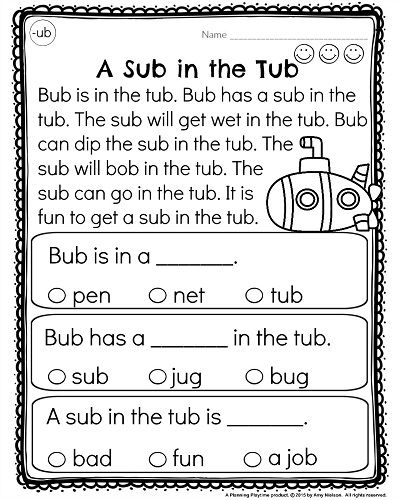 Now we will talk about the rules for reading syllables, not individual letters. And rightly so - because in words the letters are just combined, so we rarely have to read individual sounds. And in syllables, sounds influence each other, so the following table contains the basic rules for reading syllables and combinations of consonants:
Now we will talk about the rules for reading syllables, not individual letters. And rightly so - because in words the letters are just combined, so we rarely have to read individual sounds. And in syllables, sounds influence each other, so the following table contains the basic rules for reading syllables and combinations of consonants:
| oo | [ʊ] | look, book, cook, good, foot | [lʊk] [bʊk] [kʊk] [ɡʊd] [fʊt] |
| [uː] | pool, school, Zoo, too | [puːl] [skuːl] [zuː] [tuː] | |
| ee | [iː] | see, bee, tree, three, meet | [ˈsiː] [biː] [triː] [θriː] [miːt] |
| ea Exceptions: | [iː] | tea, meat, eat, read, speak | [tiː] [miːt] [iːt] [riːd] [spiːk] |
| [ e ] | bread, head, breakfast, healthy | [bred] [hed] [ˈbrekfəst] [ˈhelθi] | |
| to | [eɪ] | away, play, say, may | [əˈweɪ] [pleɪ] [ˈseɪ] [meɪ] |
| ey | grey, they | [ɡreɪ] [ˈðeɪ] | |
| nk | [ŋk] | ink, thank, monkey, sink, bank | |
| ph | [f] | telephone, phonetics, phrase | |
| sh | [ʃ] | she, bush, short, dish, fish, sheep, shook | |
| tch | [tʃ] | catch, kitchen, watch, switch, stretch | |
| th | [ð] | at the beginning of service words; between vowels: these, that, there, mother, they, with, them, then | |
| [θ] | in combination th at the beginning and at the end of significant words: thick, thin, thanks, three, think, throw, fifth, tooth | | |
| wh | [w] | what, why, when, while, white, where | |
| w+o | [h] | who, whom, whose, whole, wholly | |
| wr | [r] | write, wrong, wrist, wrap, wrest, wrap | |
Living and other reading rules in English
All students have different language and listening abilities.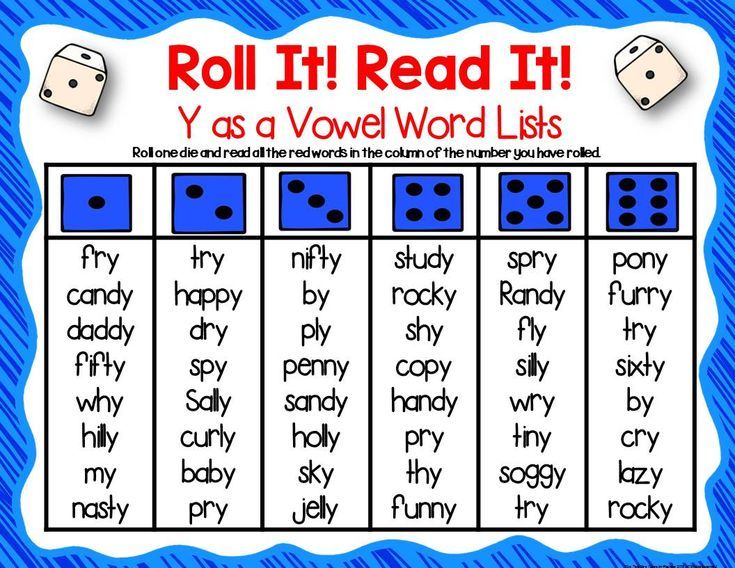 If reading rules in English are difficult, use one of the tricks:
If reading rules in English are difficult, use one of the tricks:
- Live English Reading Rules . This is a fairly well-known technique for teaching reading and pronunciation in English. It is designed mainly for children, and the rules of English reading are presented as accessible as possible. Memorization is facilitated by funny verses and tongue twisters. It makes sense to try to interest the child in English from the very beginning of the study.
- Applications for learning English . We recently discussed a range of programs and apps that help you learn a foreign language. In most of them, you can not only read, but also listen to new words. The same function is available in online translators - use it more often.
- Exercises on reading rules . There are many of them, but they all come down to training the skill to distinguish between different sounds. For example:
Given a list of words ( what, who, wrestling, when, why, whose, wrong, where, whom, write, white, which, whole, wrangler ).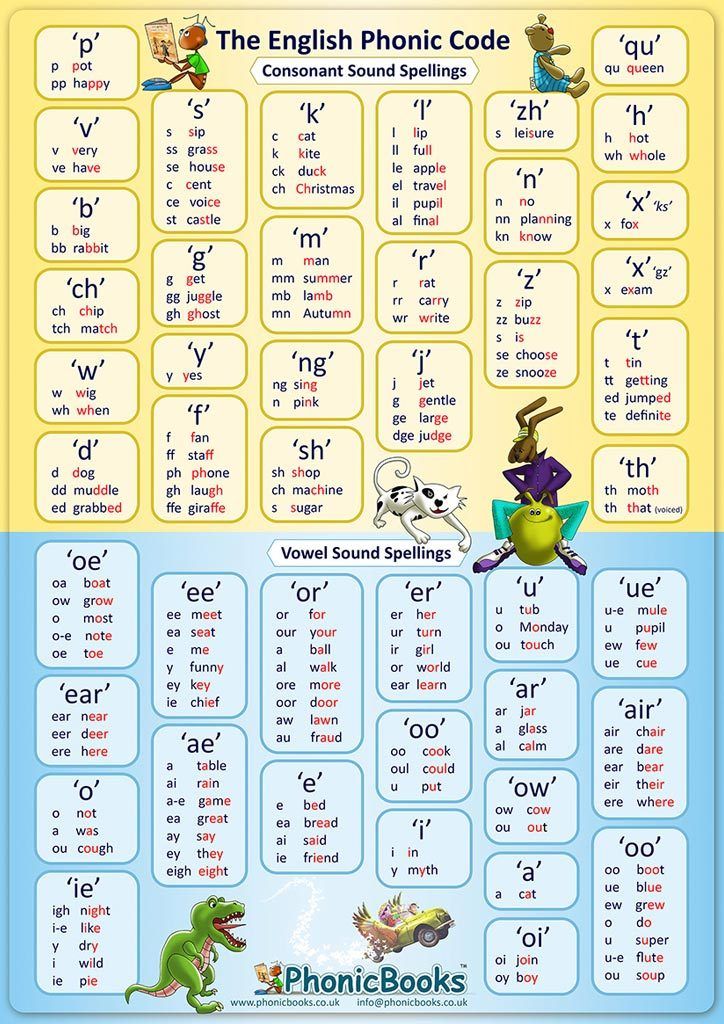 It is necessary to distribute these words into groups with the sound that is pronounced in them: [w], [h] or [r].
It is necessary to distribute these words into groups with the sound that is pronounced in them: [w], [h] or [r].
Or words from another list ( give, good, cage, ginger, girl, gypsy, gold, gray, grace, beige, gift, gymnastics) divide into two groups: one with sound [g], the second - with sound [dʒ].
The reading rule exercises may seem complicated, but don't try to do them by memorizing each rule. Better try to understand not the rules, but the principles of reading English sounds. Do a few exercises on the rules of reading to know exactly how some words of the same type are read. The more you read and listen in English, the easier it will be to remember the correct pronunciation.
So our main advice is universal: practice, practice and practice speaking and reading in English will help you learn the language easily and effectively!
We also recommend that you pay attention to English courses for children in Moscow. To select a different city or type of study, you always have the opportunity to use the filter in the navigation of our site.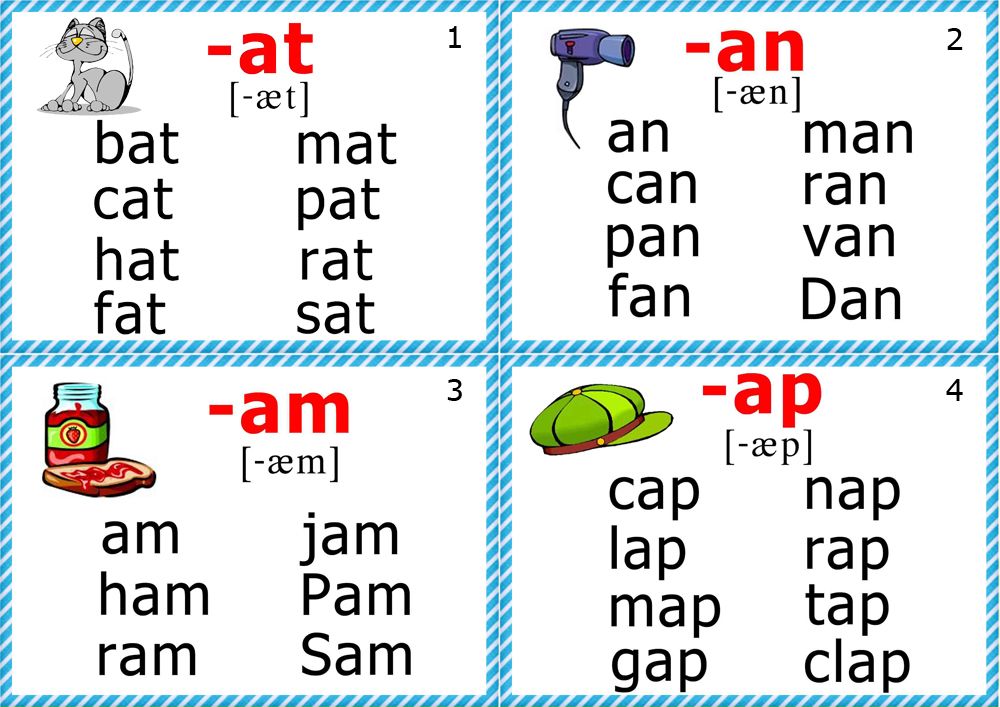
English Reading Rules for Beginners
Test your English and get learning tips
Check for free
How to read English correctly and never make mistakes? Read 10 English books in "text + audio" format and you will surpass native speakers! Let's check?..
English level test
Find out your level, get recommendations for learning and a promotional code for English lessons as a gift
How do you spell it? Alas, it is not so...
In English class, students moan: "Why are the rules of reading in English so confusing?"
One of the reasons is that English has borrowed words from many languages. Sometimes they kept their spelling, sometimes they changed it for themselves. In good old England, words were often spelled the way they were read, so that the same word could be spelled differently. Take, for example, Shakespeare's manuscripts - all this chaos is there at a glance.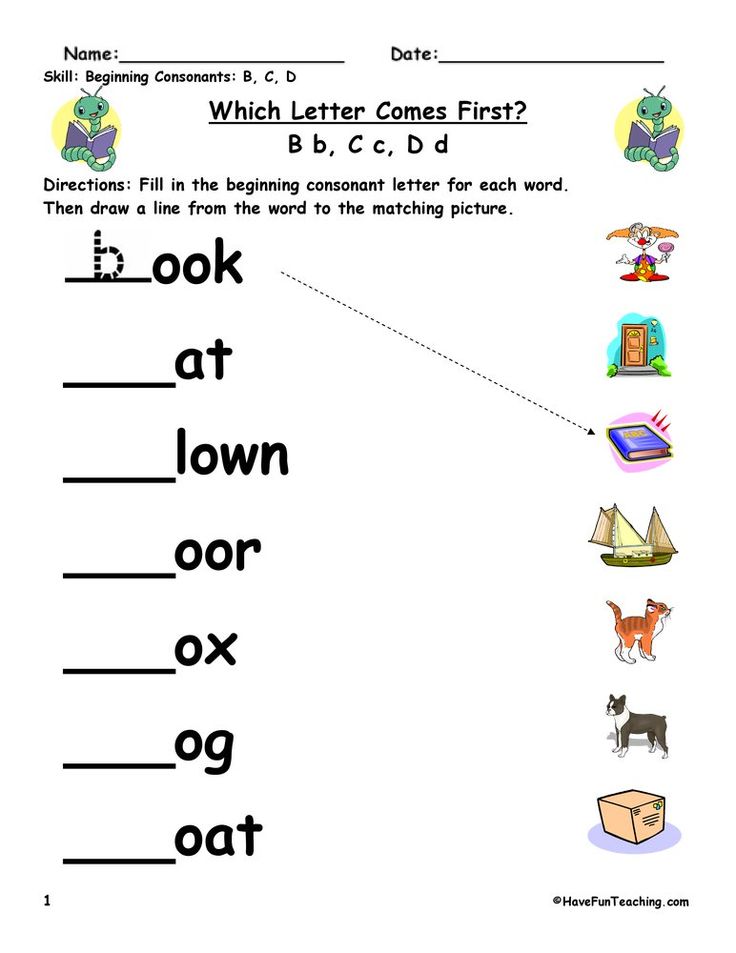
Ultimately, the spelling of words was standardized and entered into dictionaries, but... As you study English, you will notice that a word often reads quite differently from how it is spelled. And there are usually historical reasons for that.
There is some good news. Although many English words are spelled in a seemingly “whatever way” way, there are a number of rules here. But be careful, because every rule has its own exception.
There are more than 1,100 ways of writing 44 individual sounds in English, more than in any other language. But let study be a game for you, not a duty.
Reading rules in English
Demo lesson for free and without registration!
Take a lesson, find out about the school and get a promo code for English classes
Learn with our tips!
- Write down words that you have problems with in your notebook. Underline the part of the word that is the most difficult for you.
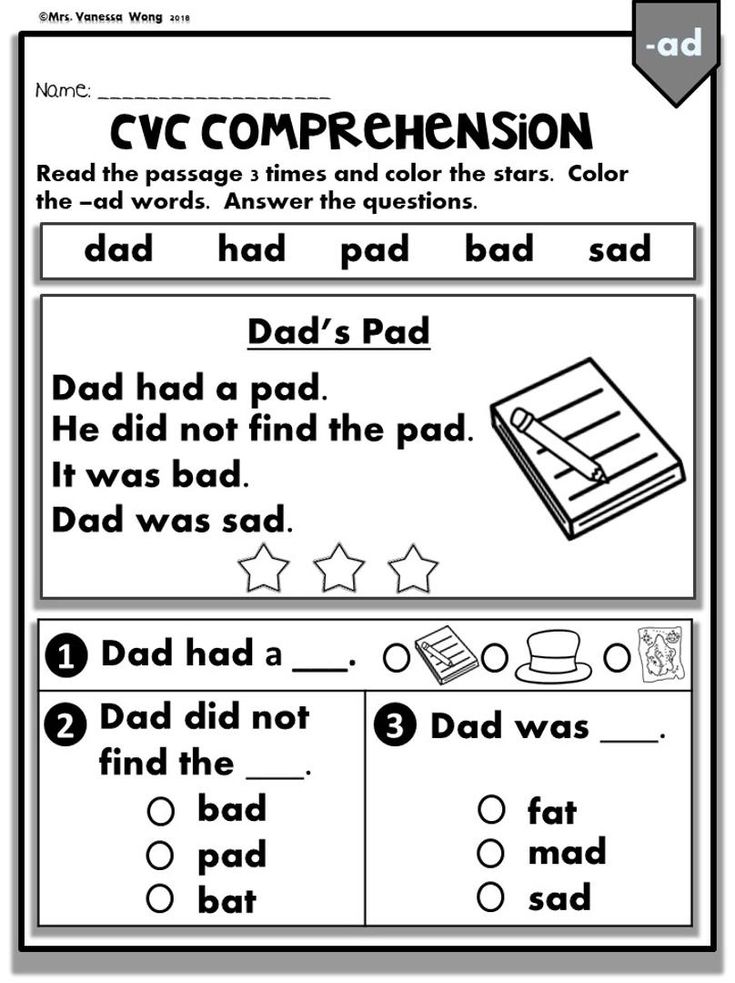
- Use a dictionary, not a spell checker! Unfortunately, you can not always trust her.
- Learn words with all kinds of prefixes and suffixes, for example: biography - auto biography, child - child hood , etc.
- Learn the rules, but don't rely on them. We have already said that every rule has its exception. We will talk about this below.
“i” is written before “e” (except after “c”)
One of the first reading rules that is taught in English classes. The rule works for words that have a long "ee", as in shield (shield).
Examples: piece (part), niece (niece), priest (priest), thief (thief).
But after “c”: conceive (comprehend, contemplate), receive (receive), receipt (receipt; not to be confused with recipe - recipe).
For words in which the sound “a” or “i” is pronounced, the opposite is true:
“a”: eight (eight), neighbor (neighbor), reign (board), weight (weight)
“i”: either (any; or), height (height), feisty (absurd), sleight dexterity)
Exceptions: seize (grab), weird (strange), conscience (conscience, consciousness), efficient (effective), etc.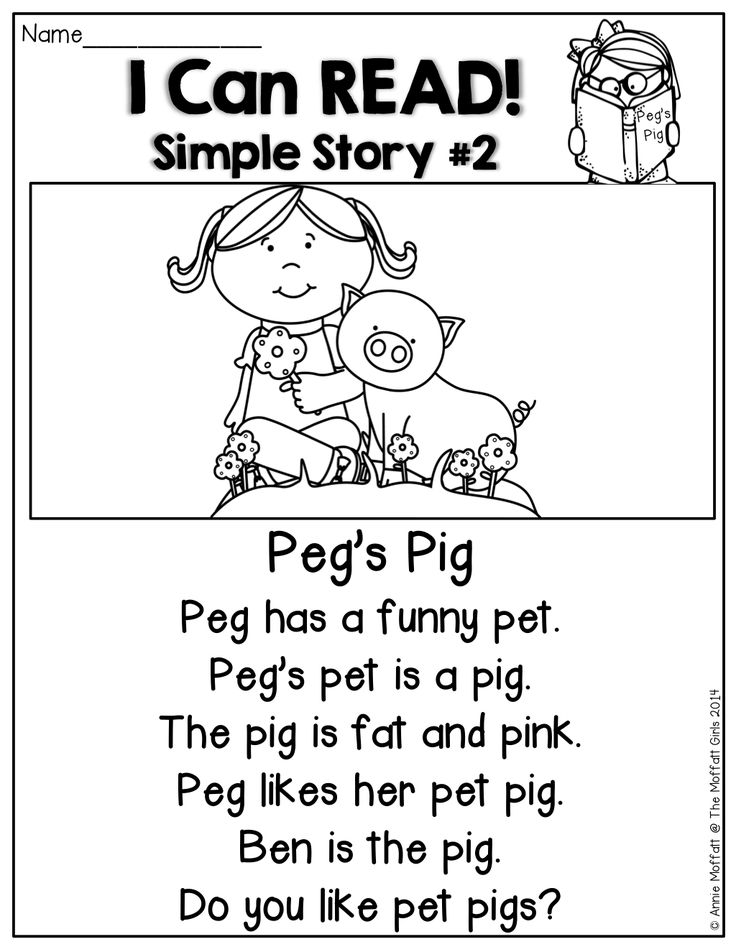
Rules for reading in English
full of unpronounceable letters. The question arises: why do the English insert letters into words, and then they simply do not pronounce them? ..
Silent witness, or What is an unpronounceable letter? More than half of the letters of the alphabet can act as unpronounceable. They can be at the beginning of a word, at the end or in the middle - from the sound of the word you will not understand that they are there.
Examples of unpronounceable letters:
a - thread (thread), bread (bread), tread (walk)
b - lamb (lamb), bomb (bomb), womb (womb)
c - scissors (scissors) (scissors) ), scent (aroma)
d - edge (edge), bridge (bridge), badge (badge)
e - see below
h - honor (honor), (honest), school (school)
k - knot (knot), knight (knight), knowledge (knowledge)
l - talk (talk), psalm (psalm), balm (balm)
n - hymn (hymn 9062), (hymn ) autumn), column (column, column)
p - pneumatic (pneumatic), psalm (psalm), psychology (psychology)
s - isle, island (island), aisle passage, e.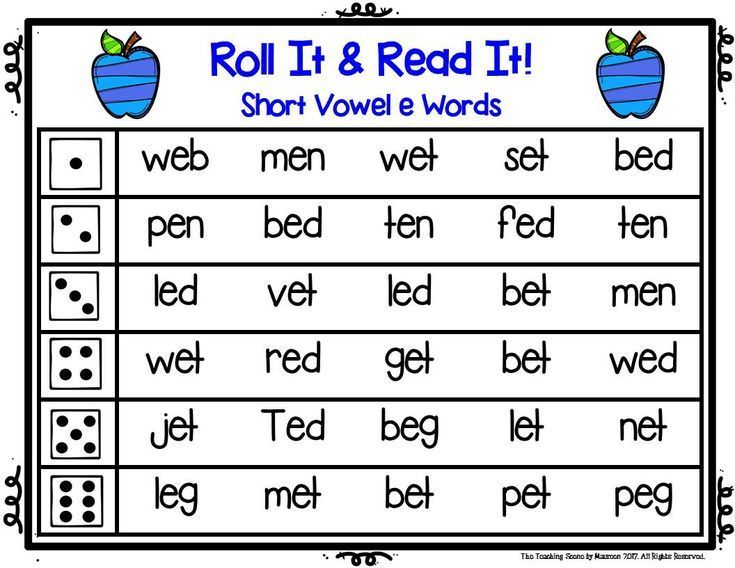 g. in the cabin)
g. in the cabin)
t - listen (listen), rustle (rustle), whistle (whistle)
u - biscuit (cookie; not a biscuit!), guess (guess), guitar (guitar) write (write), wrong (incorrect), wrist (wrist)
Unpronounced “e”
Unpronounced “e” is the most common unpronounceable letter. There are several strict rules for writing words that end in an unpronounceable “e”.
When you add a suffix to such a word and the suffix begins with a consonant, the word stem (stem) does not need to be changed.
Examples:
force + ful = forceful
manage + ment = management
sincere + ly = sincerely
vowel or with “y”, then the “e” before the suffix must be omitted.
Examples:
fame + ous = famous
nerve + ous = nervous
believable + y = believably
criticise + ism = criticism
agreeable (compliant).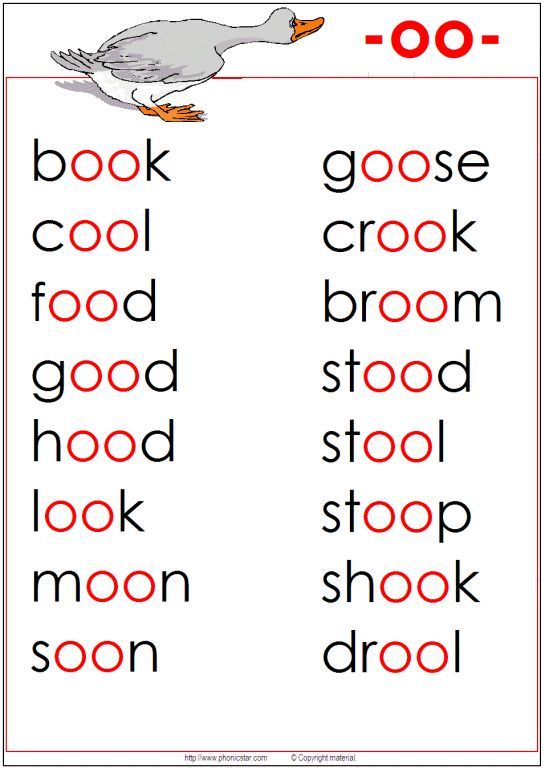
English Reading Rules
Prefixes and Suffixes
When you add a prefix to a word, you don't usually need to change the stem of the word.
Examples:
anti + septic = antiseptic
auto + biography = autobiography
de + mobilize = demobilize
dis + approve = disapprove
im + possible = impossible
inter + national = international )
mega + byte = megabyte
mis + fortune = misfortune
micro + chip = microchip
re + used = reused
un + available = unavailable )
When you add a suffix to a word, it often changes the stem of the word. Below are a few rules. As usual, there are exceptions, so if you're not sure how a word is spelled, check the dictionary.
Words that end in a consonant
If the suffix starts with a consonant, just add it to the stem, don't change anything.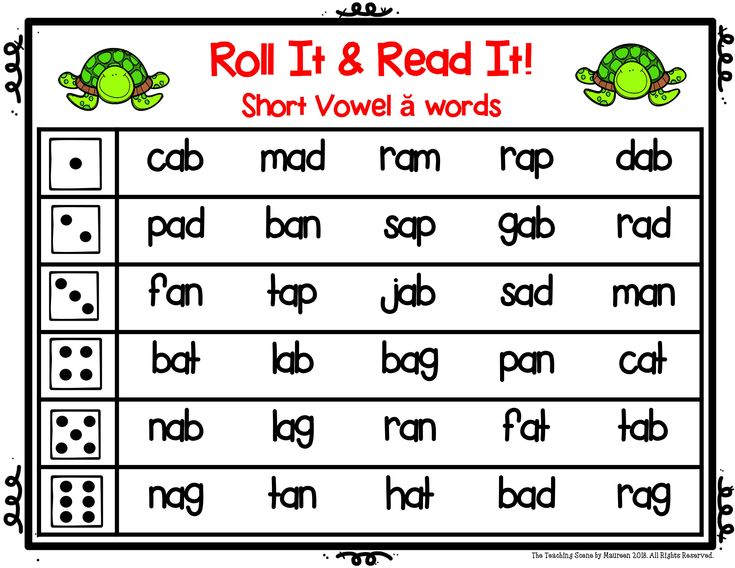
Example: treat + ment = treatment.
Double consonant
For most short vowel words that end in a single consonant, that consonant is doubled when you add a suffix that starts with a vowel (ing, er, ed, est).
Examples:
mop + ing = mopping
big + est = biggest
hot + er = hotter
which have “l” at the end after the vowel, this “l” is doubled.
Examples:
model + ing = modelling
travel + er = traveller
Exceptions
For some words ending in “r”, “x”, “ w", "y", the doubling rule does not apply.
fear + ing = fearing
box + er = boxer
know + ing = knowing )
play (play) + ing = playing (game, playing, playing)
And if there are two consonants at the end or more than one vowel in the word, the consonant is also not doubled.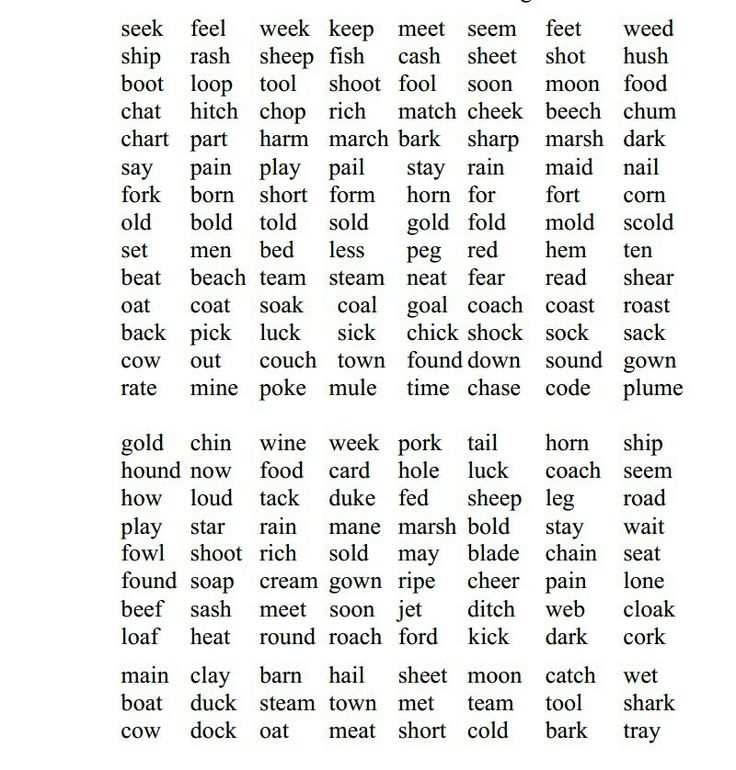
maintain (maintain) + ing (two vowels a + i) = maintaining (maintenance)
keep (keep) + er (two vowels e + e) = keeper (keeper; owner)
hang (hang) + er (two consonants n + g) = hanger (hook)
Reading English books in the original , starting with "a" or "o", "e" remains.
Examples:
manage + able = manageable
notice + able = noticeable
courage + ous = courageous
Exception: prestige + ous = prestigious
Words that end in “ie”
When you add “ing” to verbs that end in “ie”, the “e” is dropped and the “i” is changed to "y".
Examples:
die (dying) - dying (dying, dying, dying)
lie (lying) - lying (lying, lying, lying)
Words that end in "y" after a consonant
When you add suffixes such as “as”, “ed”, “es”, “er”, “eth”, “ly”, “ness”, “ful” and “ous” to a word ending in “y” after a consonant, “y” changes to “i” before a suffix.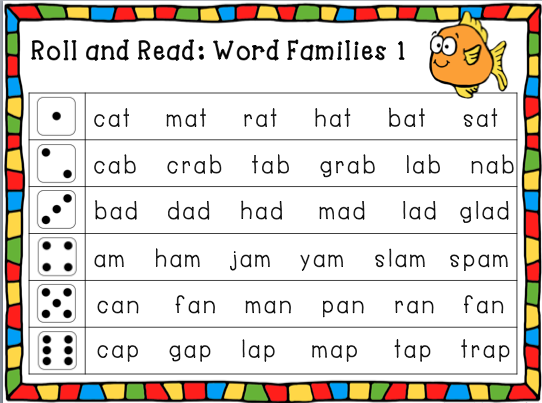
Examples:
eighty + eth = eightieth
duty + es = duties
lazy + ness = laziness
mystery + ous = mysterious (mysterious)
beauty (beauty) + ful = beautiful (beautiful)
multiply + ed = multiplied
cozy + ly = cosily
Words ending in “y” after a vowel ”, “ing” or “ed”.
Examples:
destroy - destroying - destroyed
buy - buying - buyer
play - playing - player are the differences between American and British English. It's not that one option is better, and this one is worse, you just need to stop at one, learn and stick to it. Try not to mix one with the other.
The rules of reading and writing are like a weather forecast: we can rely on them, but we cannot count on them to help us out every time.